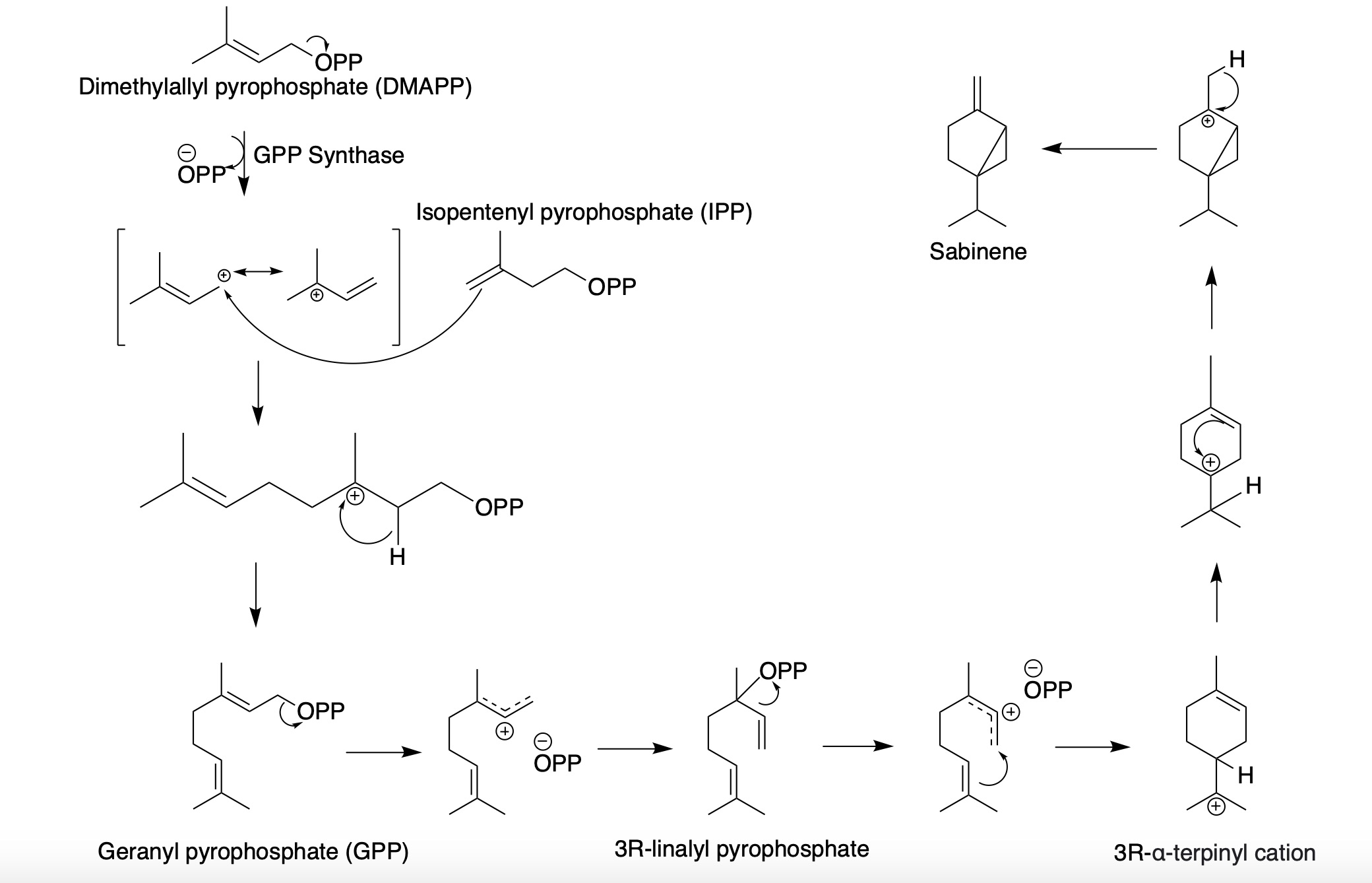|
Searsia Mysorensis
''Searsia mysorensis'' (synonym ''Rhus mysorensis'') is a species of shrub with thorny branches. It is commonly known as Mysore sumac or Indian sumac (ചിപ്പമരം in Malayalam). Description Leaves are trifoliate or rarely 5- foliate. It flowers and fruits from August to December.Priti MD, Yadav SR. Medicinal plants of South Western Maharashtra. In: Pullaiah T (Ed) ''Biodiversity in India''. 1stEd. Regency publications, New Delhi 2006; IV:180-181. Distribution It is found in hot and dry places in the Indian states of Karnataka, Andhra Pradesh, Punjab, Haryana, Rajasthan, and Gujarat and in Pakistan. Classification The species was first described as ''Rhus mysorensis'' by George Don in 1832. In 2007 Rodney Oliver Moffett placed the species in genus '' Searsia'' as ''Searsia mysorensis''. ''Rhus indica'' is a synonym. Phytochemistry Phytochemical screening of the plant has identified the presence of several chemical constituents, including cardiac glycosides ... [...More Info...] [...Related Items...] OR: [Wikipedia] [Google] [Baidu] |
Plants Of The World Online
Plants of the World Online (POWO) is an online taxonomic database published by the Royal Botanic Gardens, Kew. History Following the Convention on Biological Diversity, the Royal Botanic Gardens in Kew launched Plants of the World Online in March 2017 with the goal of creating an exhaustive online database of all seed-bearing plants worldwide. (Govaerts wrongly speaks of "Convention for Botanical Diversity (CBD)). The initial focus was on tropical African flora, particularly flora ''Zambesiaca'', flora of West and East Tropical Africa. Since March 2024, the website has displayed AI-generated predictions of the extinction risk for each plant. Description The database uses the same taxonomical source as the International Plant Names Index, which is the World Checklist of Vascular Plants (WCVP). The database contains information on the world's flora gathered from 250 years of botanical research. It aims to make available data from projects that no longer have an online ... [...More Info...] [...Related Items...] OR: [Wikipedia] [Google] [Baidu] |
Cardiac Glycoside
Cardiac glycosides are a class of organic compounds that increase the output force of the heart and decrease its rate of contractions by inhibiting the cellular sodium-potassium ATPase pump. Their beneficial medical uses include treatments for congestive heart failure and cardiac arrhythmias; however, their relative toxicity prevents them from being widely used. Most commonly found as defensive poisons in several plant genera such as ''Digitalis'' (the foxgloves) and '' Asclepias'' (the milkweeds), these compounds nevertheless have a diverse range of biochemical effects regarding cardiac cell function and have also been suggested for use in cancer treatment. Classification General structure The general structure of a cardiac glycoside consists of a steroid molecule attached to a sugar (glycoside) and an R group. The steroid nucleus consists of four fused rings to which other functional groups such as methyl, hydroxyl, and aldehyde groups can be attached to influence th ... [...More Info...] [...Related Items...] OR: [Wikipedia] [Google] [Baidu] |
Dysentery
Dysentery ( , ), historically known as the bloody flux, is a type of gastroenteritis that results in bloody diarrhea. Other symptoms may include fever, abdominal pain, and a feeling of incomplete defecation. Complications may include dehydration. The cause of dysentery is usually the bacteria from genus '' Shigella'', in which case it is known as shigellosis, or the amoeba '' Entamoeba histolytica''; then it is called amoebiasis. Other causes may include certain chemicals, other bacteria, other protozoa, or parasitic worms. It may spread between people. Risk factors include contamination of food and water with feces due to poor sanitation. The underlying mechanism involves inflammation of the intestine, especially of the colon. Efforts to prevent dysentery include hand washing and food safety measures while traveling in countries of high risk. While the condition generally resolves on its own within a week, drinking sufficient fluids such as oral rehydration solutio ... [...More Info...] [...Related Items...] OR: [Wikipedia] [Google] [Baidu] |
Beta-eudesmol Synthase
β-Eudesmol synthase (EC 4.2.3.68) is an enzyme with systematic name (2''E'',6''E'')-farnesyl-diphosphate diphosphate-lyase (β-eudesmol-forming). This enzyme catalyses the following chemical reaction : (2''E'',6''E'')-farnesyl diphosphate + H2O \rightleftharpoons β-eudesmol + diphosphate The recombinant enzyme from ginger Ginger (''Zingiber officinale'') is a flowering plant whose rhizome, ginger root or ginger, is widely used as a spice and a folk medicine. It is an herbaceous perennial that grows annual pseudostems (false stems made of the rolled bases of l ... ('' Zingiber zerumbet'') gives β-eudesmol, 10-''epi''-γ-eudesmol, α-eudesmol and aristolene. References External links * {{Portal bar, Biology, border=no EC 4.2.3 ... [...More Info...] [...Related Items...] OR: [Wikipedia] [Google] [Baidu] |
Alpha-eudesmol Synthase
α-Eudesmol synthase (EC 4.2.3.85) is an enzyme with systematic name (2''E'',6''E'')-farnesyl-diphosphate diphosphate-lyase (α-eudesmol-forming). It catalyses the following chemical reaction : (2''E'',6''E'')-farnesyl diphosphate + H2O \rightleftharpoons α-eudesmol + diphosphate The recombinant enzyme from ginger Ginger (''Zingiber officinale'') is a flowering plant whose rhizome, ginger root or ginger, is widely used as a spice and a folk medicine. It is an herbaceous perennial that grows annual pseudostems (false stems made of the rolled bases of l ... ('' Zingiber zerumbet'') gives β-eudesmol, 10-''epi''-γ-eudesmol, α-eudesmol and aristolene. References External links * {{Portal bar, Biology, border=no EC 4.2.3 ... [...More Info...] [...Related Items...] OR: [Wikipedia] [Google] [Baidu] |
β-caryophyllene
Caryophyllene (), more formally (−)-β-caryophyllene (BCP), is a natural bicyclic sesquiterpene that occurs widely in nature. Caryophyllene is notable for having a cyclobutane ring, as well as a ''trans''-double bond in a 9-membered ring, both rarities in nature. Production Caryophyllene can be produced synthetically, but it is invariably obtained from natural sources because it is widespread. It is a constituent of many essential oils, especially clove oil, the oil from the stems and flowers of ''Syzygium aromaticum'' (cloves), the essential oil of ''Cannabis sativa'', copaiba, rosemary, and hops. It is usually found as a mixture with isocaryophyllene (the ''cis'' double bond isomer) and α-humulene (obsolete name: α-caryophyllene), a ring-opened isomer. Caryophyllene is one of the chemical compounds that contributes to the aroma of black pepper. Basic research β-Caryophyllene is under basic research for its potential action as an agonist of the cannabinoid receptor ... [...More Info...] [...Related Items...] OR: [Wikipedia] [Google] [Baidu] |
Sabinene
Sabinene is a natural bicyclic monoterpene with the molecular formula C10H16. It is isolated from the essential oils of a variety of plants including Marjoram, holm oak (''Quercus ilex'') and Norway spruce (''Picea abies''). It has a strained ring system with a cyclopentane ring fused to a cyclopropane ring. Sabinene is one of the chemical compounds that contributes to the spiciness of black pepper and is a major constituent of carrot seed oil. It also occurs in tea tree oil at a low concentration. It is also present in the essential oil obtained from nutmeg, '' Laurus nobilis'', and '' Clausena anisata''. Biosynthesis Sabinene, a bicyclic monoterpene, is present in the (+) and (-) enantiomer In chemistry, an enantiomer (Help:IPA/English, /ɪˈnænti.əmər, ɛ-, -oʊ-/ Help:Pronunciation respelling key, ''ih-NAN-tee-ə-mər''), also known as an optical isomer, antipode, or optical antipode, is one of a pair of molecular entities whi ...s. It is biosynthesized from the ... [...More Info...] [...Related Items...] OR: [Wikipedia] [Google] [Baidu] |
Limonene
Limonene () is a colorless liquid aliphatic hydrocarbon classified as a cyclic monoterpene, and is the major component in the essential oil of citrus fruit peels. The (+)-isomer, occurring more commonly in nature as the fragrance of oranges, is a flavoring agent in food manufacturing. It is also used in chemical synthesis as a precursor to carvone and as a renewables-based solvent in cleaning products. The less common (−)-isomer has a piny, turpentine-like odor, and is found in the edible parts of such plants as caraway, dill, and bergamot orange plants. Limonene takes its name from Italian ''limone'' ("lemon"). Limonene is a chiral molecule, and biological sources produce one enantiomer: the principal industrial source, citrus fruit, contains (+)-limonene (''d''-limonene), which is the (''R'')-enantiomer. (+)-Limonene is obtained commercially from citrus fruits through two primary methods: centrifugal separation or steam distillation. In plants (+)-Limonene ... [...More Info...] [...Related Items...] OR: [Wikipedia] [Google] [Baidu] |
Phenol
Phenol (also known as carbolic acid, phenolic acid, or benzenol) is an aromatic organic compound with the molecular formula . It is a white crystalline solid that is volatile and can catch fire. The molecule consists of a phenyl group () bonded to a hydroxy group (). Mildly acidic, it requires careful handling because it can cause chemical burns. It is acutely toxic and is considered a health hazard. Phenol was first extracted from coal tar, but today is produced on a large scale (about 7 million tonnes a year) from petroleum-derived feedstocks. It is an important industrial commodity as a precursor to many materials and useful compounds, and is a liquid when manufactured. It is primarily used to synthesize plastics and related materials. Phenol and its chemical derivatives are essential for production of polycarbonates, epoxies, explosives such as picric acid, Bakelite, nylon, detergents, herbicides such as phenoxy herbicides, and numerous pharmaceuti ... [...More Info...] [...Related Items...] OR: [Wikipedia] [Google] [Baidu] |
Sterol
A sterol is any organic compound with a Skeletal formula, skeleton closely related to Cholestanol, cholestan-3-ol. The simplest sterol is gonan-3-ol, which has a formula of , and is derived from that of gonane by replacement of a hydrogen atom on C3 position by a hydroxyl group. It is therefore an alcohol (chemistry), alcohol of gonane. More generally, any compounds that contain the gonane structure, additional functional groups, and/or modified ring systems derived from gonane are called steroids. Therefore, sterols are a subgroup of the steroids. They occur naturally in most Eukaryote, eukaryotes, including plants, animals, and fungi, and can also be produced by some bacteria (however likely with different functions). The most familiar type of animal sterol is cholesterol, which is vital to the structure of the cell membrane, and functions as a precursor to fat-soluble vitamins and steroid hormones. While technically alcohols, sterols are classified by biochemists as lipids (f ... [...More Info...] [...Related Items...] OR: [Wikipedia] [Google] [Baidu] |
Alkaloid
Alkaloids are a broad class of natural product, naturally occurring organic compounds that contain at least one nitrogen atom. Some synthetic compounds of similar structure may also be termed alkaloids. Alkaloids are produced by a large variety of organisms including bacteria, fungus, fungi, Medicinal plant, plants, and animals. They can be purified from crude extracts of these organisms by acid-base extraction, or solvent extractions followed by silica-gel column chromatography. Alkaloids have a wide range of pharmacology, pharmacological activities including antimalarial medication, antimalarial (e.g. quinine), asthma, antiasthma (e.g. ephedrine), chemotherapy, anticancer (e.g. omacetaxine mepesuccinate, homoharringtonine), cholinomimetic (e.g. galantamine), vasodilation, vasodilatory (e.g. vincamine), Antiarrhythmic agent, antiarrhythmic (e.g. quinidine), analgesic (e.g. morphine), antibacterial (e.g. chelerythrine), and anti-diabetic, antihyperglycemic activities (e.g. berb ... [...More Info...] [...Related Items...] OR: [Wikipedia] [Google] [Baidu] |



